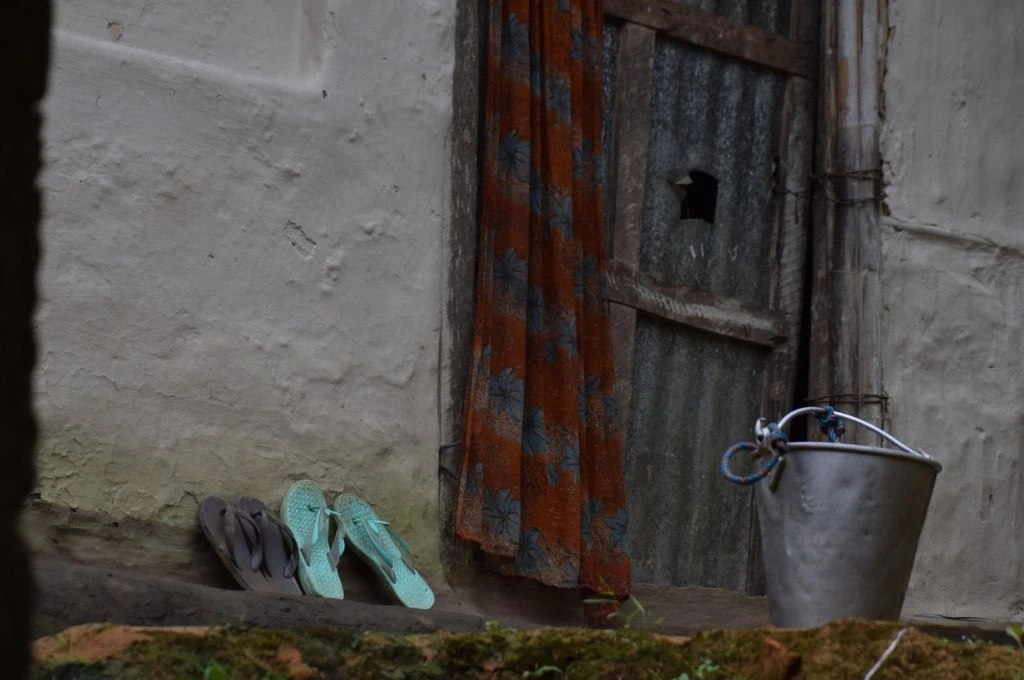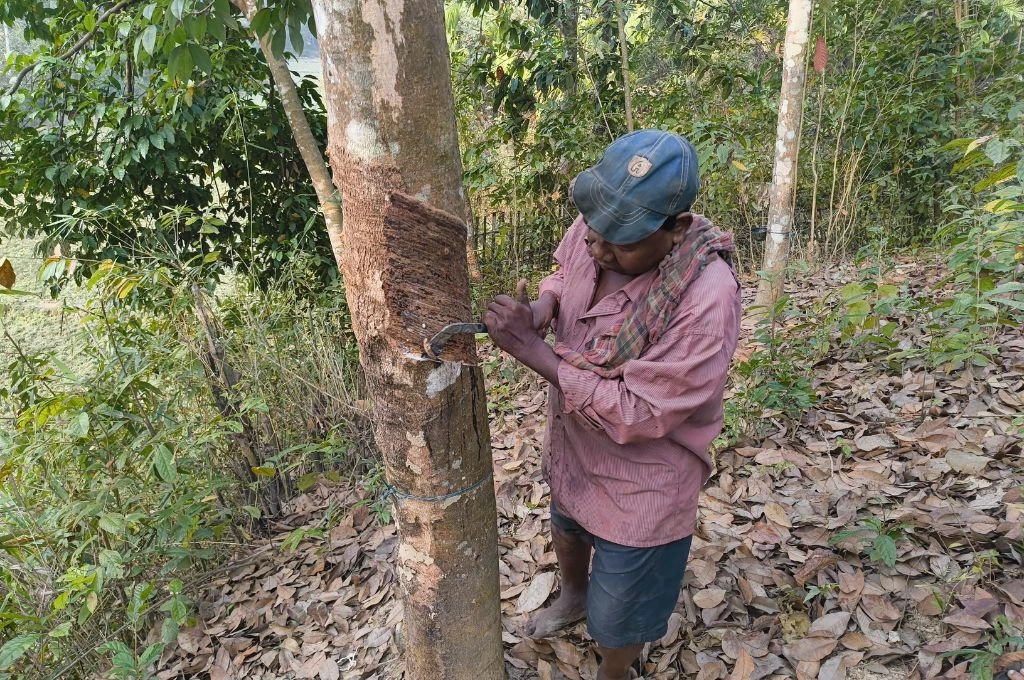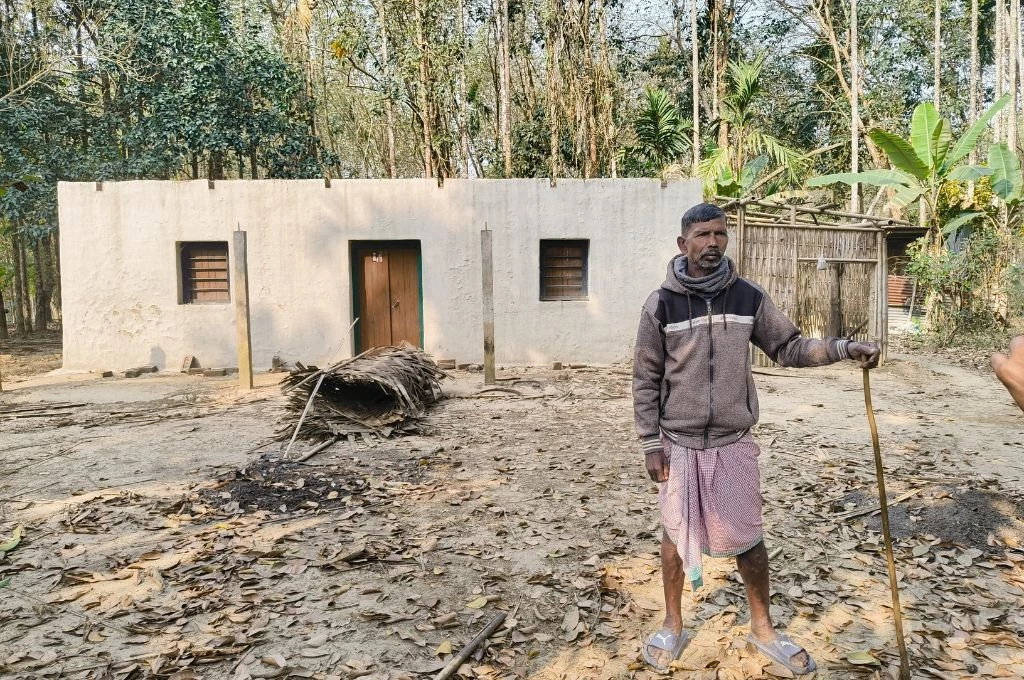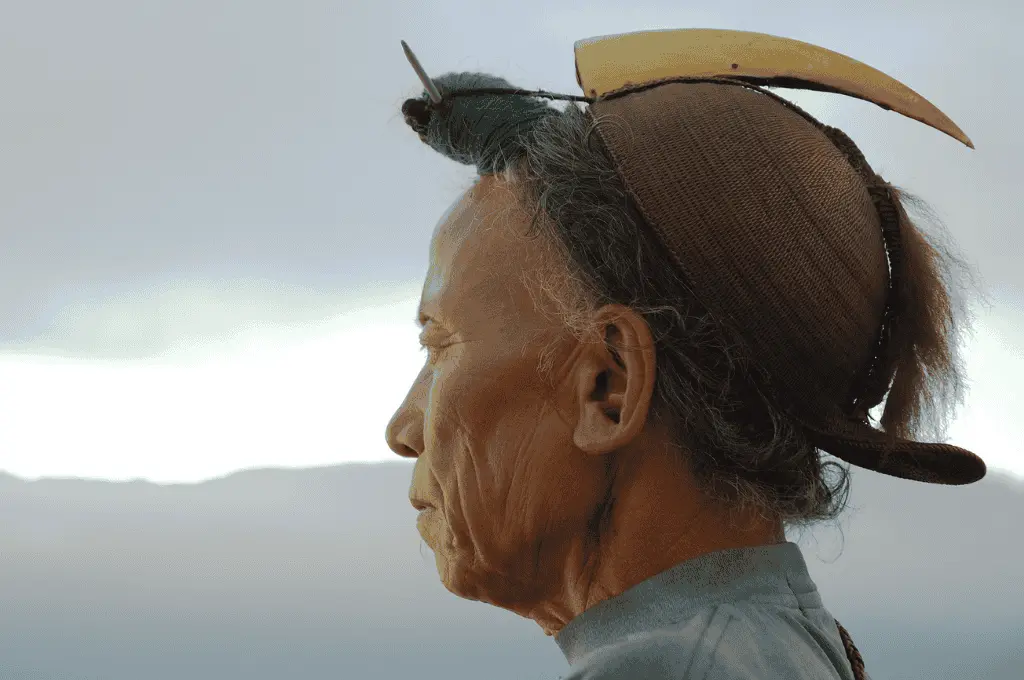Panicherra, a village in North Tripura district, is home to the Gours, a community that migrated to the state in the 1970s. But this wasn’t the only major migration in their history. While the community traces its roots to Bilaspur in Chhattisgarh, in the 1960s, they migrated as tea plantation workers to areas that are currently part of Bangladesh.
During the 1971 riots, approximately 22 Gour families took shelter in North Tripura’s dense jungles. Bijay Gour, a 57-year-old rubber farmer, says, “We came with nothing. The land my father eventually bought from a local was part of a jungle. The area was a habitat for many wild animals such as tigers and bears,” Bijay says. Over time, the community cleared the land, carved out homes, and established farms.

The culture of assimilation
The Gour community underwent significant cultural changes because of these migrations. They adopted a lifestyle similar to the other tribes in the tea gardens, and started practising dance forms such as the Jhumur; their language too has changed with time. Even though they still speak Gour, it now includes many loanwords from Hindi and Bengali. While the older generation is less familiar with Bengali, the younger generation is fluent in it. The names of many birds and plants in the native Gour language have been entirely forgotten.
Despite this assimilation, some remnants of their traditions continue to persist. This includes the use of the ummar tree, as it is locally known, in wedding rituals. The wood from this tree is cut into the shape of a tuning fork and incorporated into their ceremonies.

Gradually, the Gours have lost touch with the larger community in Chhattisgarh. The only connection they have with their erstwhile home is through a spiritual leader who visits them every two years. During this time, they organise several rituals, and the young boys of the village embark on foot on a journey to Unakoti, a religious heritage site.
The promise of the large-scale plantation
When they first moved to Tripura, the community relied heavily on daily wage labour in the local tribes’ paddy fields to sustain themselves. Eventually, as they managed to buy land, they started engaging in jhum cultivation.
In 2013, the Rubber Board set up rubber plantations in the village. Soon, this became the primary source of income for the Gours. They would prepare the land, plant the rubber saplings, harvest the latex, and cure it in their homes into sheets, which would then be collected by the contractors.
The community hoped that it would change their fortunes. However, despite being the second-largest producer of rubber in India, Tripura’s rubber industry is not as profitable because it lacks processing units.

Due to the village’s limited access to the market, the Gours are dependent on the licensed contractors of the Rubber Board who export the raw rubber via Assam, Meghalaya, and sometimes Mizoram.
Despite these challenges, the Gours are still investing more resources and time into rubber. In 2023, in an effort to enhance its rubber cultivation, the village established a nursery for rubber saplings.
A dead rubber
Over the years, the community has paid a heavy price for their insular focus on rubber, which poses significant environmental challenges. The rubber monoculture has degraded soil quality and made it difficult to grow other crops on the land.
Since rubber is a water-intensive crop, the community relies heavily on groundwater for the plantations. Before the advent of rubber, the clayey soil in the region allowed rainwater to accumulate and seep through the layers, recharging the groundwater. But as the number of plantations increased, the groundwater levels have significantly decreased.
Currently, the village has only three deep borewells. Two of these have motorised pumps, and the third is manually operated. Climate change has further worsened the situation, with irregular rainfall patterns disrupting the local water cycle.

The water scarcity is not limited to agriculture alone—it is now a full-blown crisis. There is no overhead water storage system in the village, and most households depend on rain-fed water reserves. Some residents have attempted to create small reservoirs with mud dams for water storage and fisheries, but these efforts have seen limited success due to high levels of brackishness, heavy metal leakage, and oil contamination in the water. The community has been advocating for improved water access, including government-supported water supply schemes such as Har Ghar Jal Yojana. But so far their efforts have not borne fruit. This situation has also put an additional burden on women who have to travel daily to a well to fetch water.
Seeking health, electricity, and a life beyond Panicherra
The standard of living in Panicherra has been on a steady decline. Rubber farming in Tripura doesn’t pay a lot and there aren’t many alternative sources of livelihood. More and more youths are leaving their family land and moving to other states in search of opportunities. Bijay’s elder brother, Sukhram Gour, says, “My children have gone to Kerala for work. Many of us look for better avenues outside the village.”

For the younger generation, the allure of a place that offers more than Panicherra does is understandable. The village lacks many other necessities too. The residents often have to travel 3–4 kilometres for primary healthcare, and electricity is still a luxury for most. Rina Gour, a resident, says, “We face power cuts regularly. It’s difficult, especially during the summer months.”
Community members have developed skin abrasions due to continued handling of latex. Additionally, rubber fumes cause respiratory issues for them.

The Gours would like to access government benefits. However, the problem is that many of them lack proper documentation which costs them social welfare benefits. “Due to this lack of documentation, several villagers were unable to submit the necessary papers during recent verifications for government welfare schemes,” says Rina.
Why do they not have the papers? The answer lies in the history of the Gours who have been migrating for generations now. While some of them left their papers at a former village, others like Rina were unable to get them transferred from their paternal homes.
—






